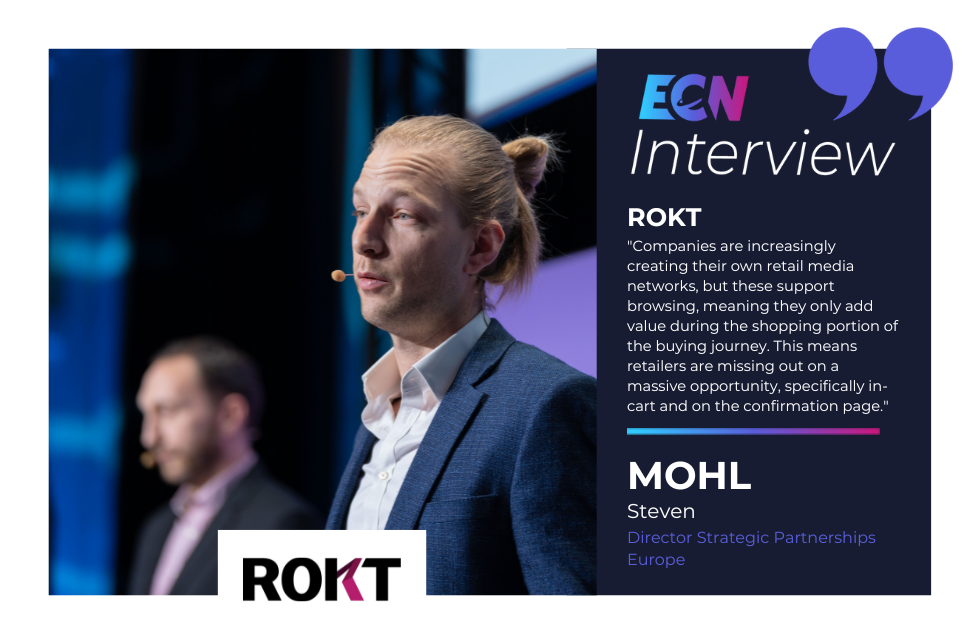What trends do you think have marked e-commerce in 2018 and will be key during 2019?
Over the last few years, we have seen an unbroken growth in e-commerce. In 2018, some trends have become more and more common: The purchase through social networks, thanks to the buy button, for example, has become pretty normal. The user no longer has to visit a certain online store to buy the product but can do so directly from Facebook, Instagram or a blog.
In addition, the process of buying online has been evolving. Increasingly, online shoppers use voice assistants such as Alexa and Siri to place their orders and choose the delivery of the product to the place and time that suits them best.
The easier it gets to find and buy a product, consignees get more demanding regarding the comfort of the product’s delivery: They wish to be included in the process and want options to adapt it to their needs.
A trend that might evolve in 2019, is the increasing use of augmented reality, as a key tool in the purchase decision. With it, some products, e.g. fashion articles, can be tried on virtually before buying, which might help to lower the return rate. That would be a desirable development for e-commerce companies and parcel service providers alike.
What are the main logistical errors that e-commerce companies make?
A common mistake is the lack of communication between an online shop and its logistics service provider. If the company does not inform the logistics service provider in time about their parcels, the final delivery to the customer will probably be delayed.
A good address management is also important: Providing the parcel services with the correct and full consignee’s address is essential for a fast delivery success
Another topic is a functional returns management. The company should have at all times an overview of where its products are and which product will be available again soon.
With this in mind, it is very important to choose a reliable logistics partner, with a solid transport network and IT infrastructure as well as corresponding interfaces to their customers to meet the consignees’ requests.
What challenges are the logistics operators working with online shops facing?
The main challenge for parcel service providers working for online shops is the fact that their consignees are mostly private persons, receiving just one parcel at time. As most of the private persons are not home during the day, the parcel service providers have to adapt to their demands and offer the flexibility they require in the delivery of their parcels. In addition, they must manage the transport of parcels efficiently and in an environmentally friendly manner.

In 2025, what news would you like to see in last mile deliveries?
We are sure that we will meet a widespread use of environmentally friendly delivery transport vehicles. But though we see a big chance that there will be driverless trucks in the overland transport, we don’t assume that we can do without delivery personnel on the last mile of delivery. The delivery drivers who are en route for GLS provide decisive added value when the consignees receive their parcels. It means a personal touch of the service that cannot be provided by technology and represents the culmination of the shipping process.
What differentiates GLS from other logistics service providers for e-commerce?
With the FlexDeliveryService, GLS offers the flexibility and inclusion in the delivery process that customers require. The customer can follow at any time the status of their parcels and can choose the place and time of delivery that suits them. Furthermore, GLS has a large network of ParcelShops in Spain and an extensive transport network that allows delivery of the parcels quickly and reliably. Furthermore, GLS supports their customers with a wide range of optional services, especially for delivery and returns. We also provide efficient, state of the art IT interfaces to give our customers access to our IT systems, such as track and trace.





